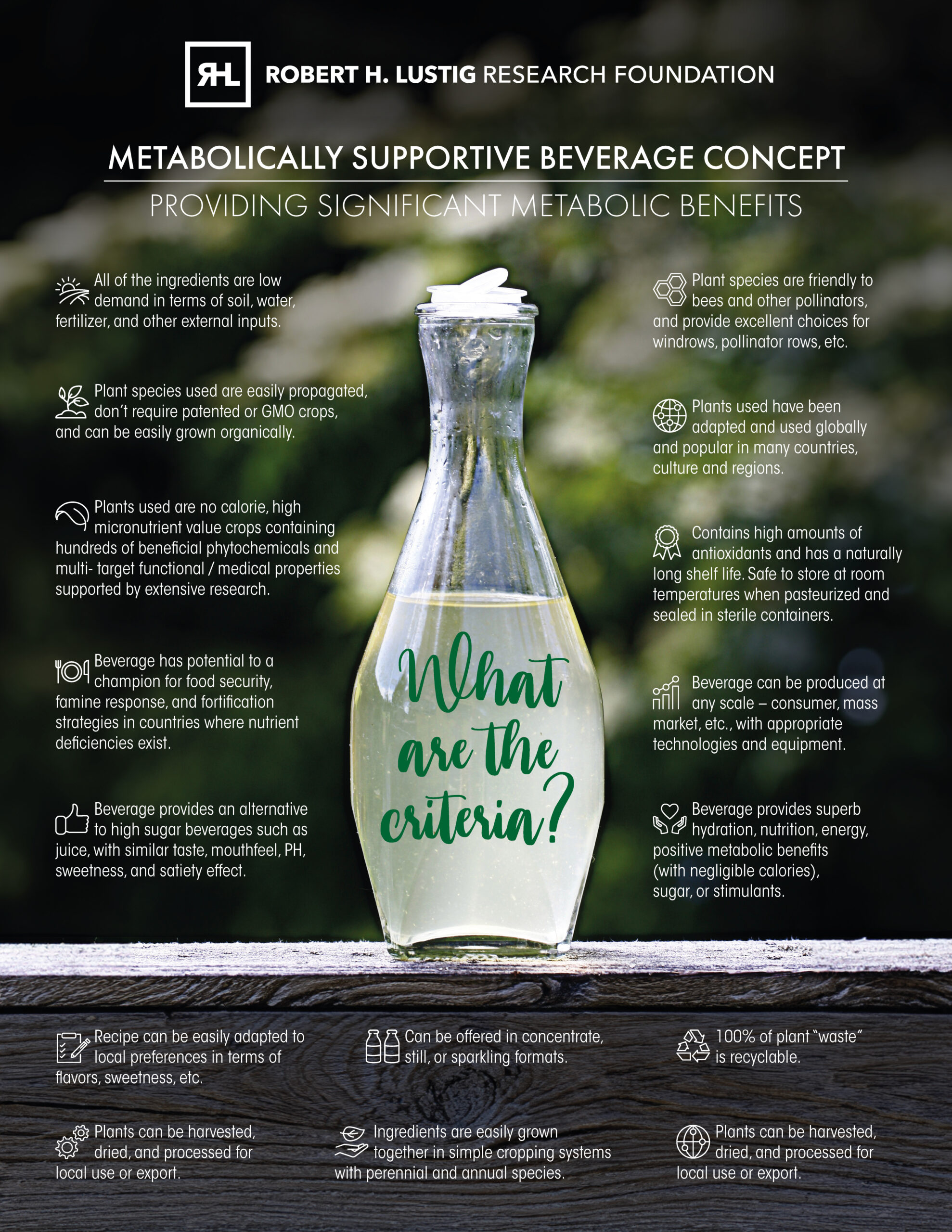Projects
We need challenges that the entire industry can share (collaboration versus competition)Juice – The Big Picture: Why we need to rethink juice, and What is the next best thing?

The earliest record of humans benefiting from fresh juice dates back to 150 B.C. The first juice production dates to the 16th century Middle East and Italy. Drinking orange juice in Britain dates back to the 17th century when diarist Samuel Pepys first recorded taking a glass in 1669. As early as 1869, a pasteurization method was developed for more extended storage periods of juice.
Juice has long been a source of nutrition. What has changed? Total sugar consumption has increased exponentially due to the escalation of caloric sweeteners since the 1800s:
Let’s just assume you are among the majority of the population that suffers from metabolic disease (in the U.S., 78% are metabolically unhealthy) [1]. Then what are your options if you are seeking daily refreshments from the commercial marketplace? The beverage landscape is very sparse when it comes to providing beverages that have any proven benefits to metabolic health. There are many low to no calorie juice flavored beverages entering the market, but unfortunately, reducing juice content also reduces nutrition along with the sugar. Attempts to remove the sugar from juice are ongoing, but sugar-reduced juice has yet to achieve any significant commercial scale or success.
What are the healthy components of juice (minus the sugar)? It is a wide range of vitamins, minerals, and other phytonutrients, such as flavonoids and antioxidants, which are well known for their anti-inflammatory properties.[2] Are there other plant-based sources of these same properties? The answer is yes. And the advantage of looking beyond fruit in the plant world is that we can find (and mine) these same substances without the accompanying sugar bolus.
[1] Only 12 percent of American adults are metabolically healthy, Carolina study finds, University of North Carolina Chapel Hill
[2] Active Compounds in Fruits and Inflammation in the Body, MDPI
The Robert H. Lustig Research Foundation is supporting innovation in the food & beverage industry and working with entrepreneurs who are thinking outside of the box and reimagining new products that deliver an experience like juice, without the juice, but with equal (or improved) nutrition… a “non-juice, juice-like beverage.” What are the criteria for a metabolically supportive beverage? See the infographic below. Click on the image for high quality PDFs.

